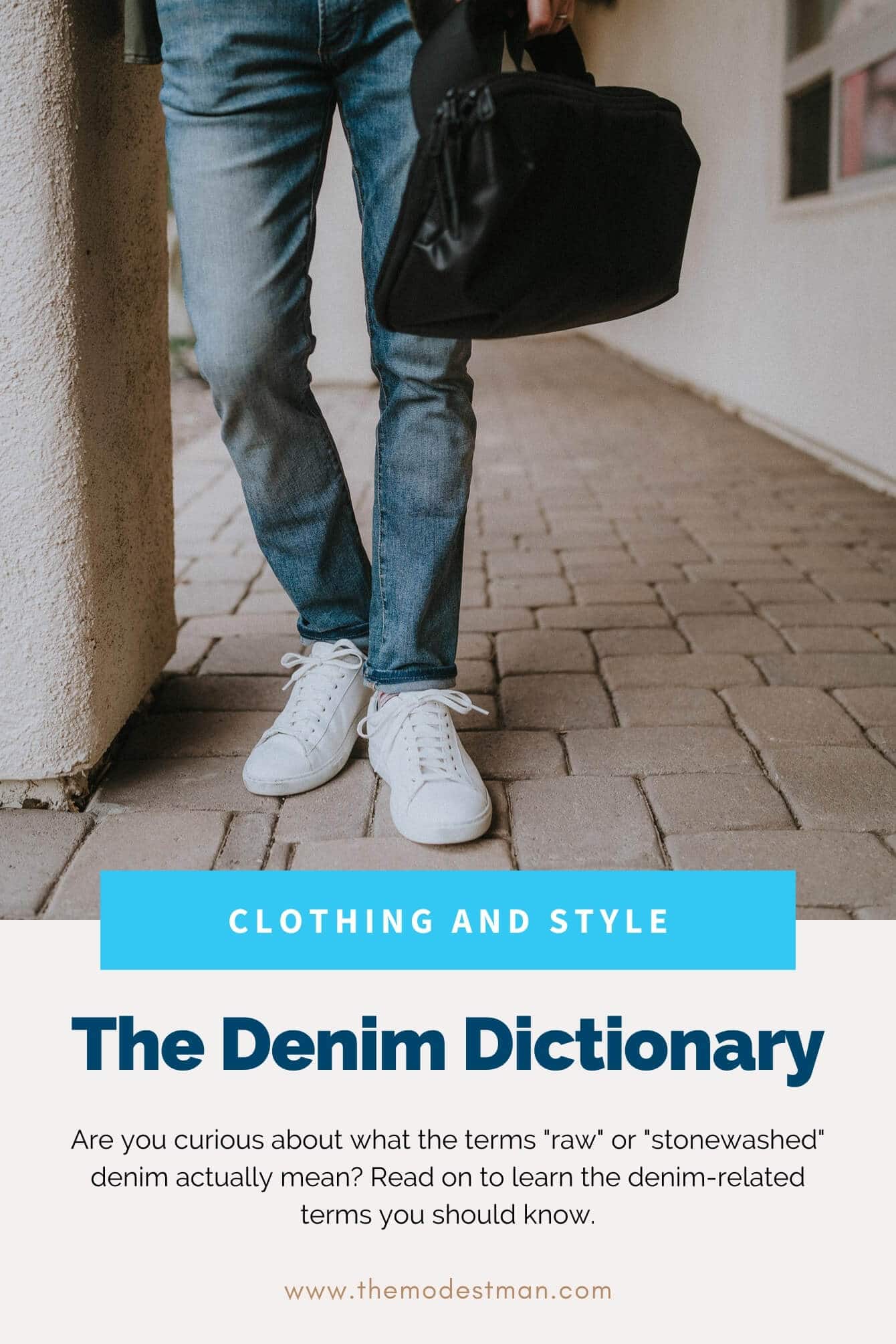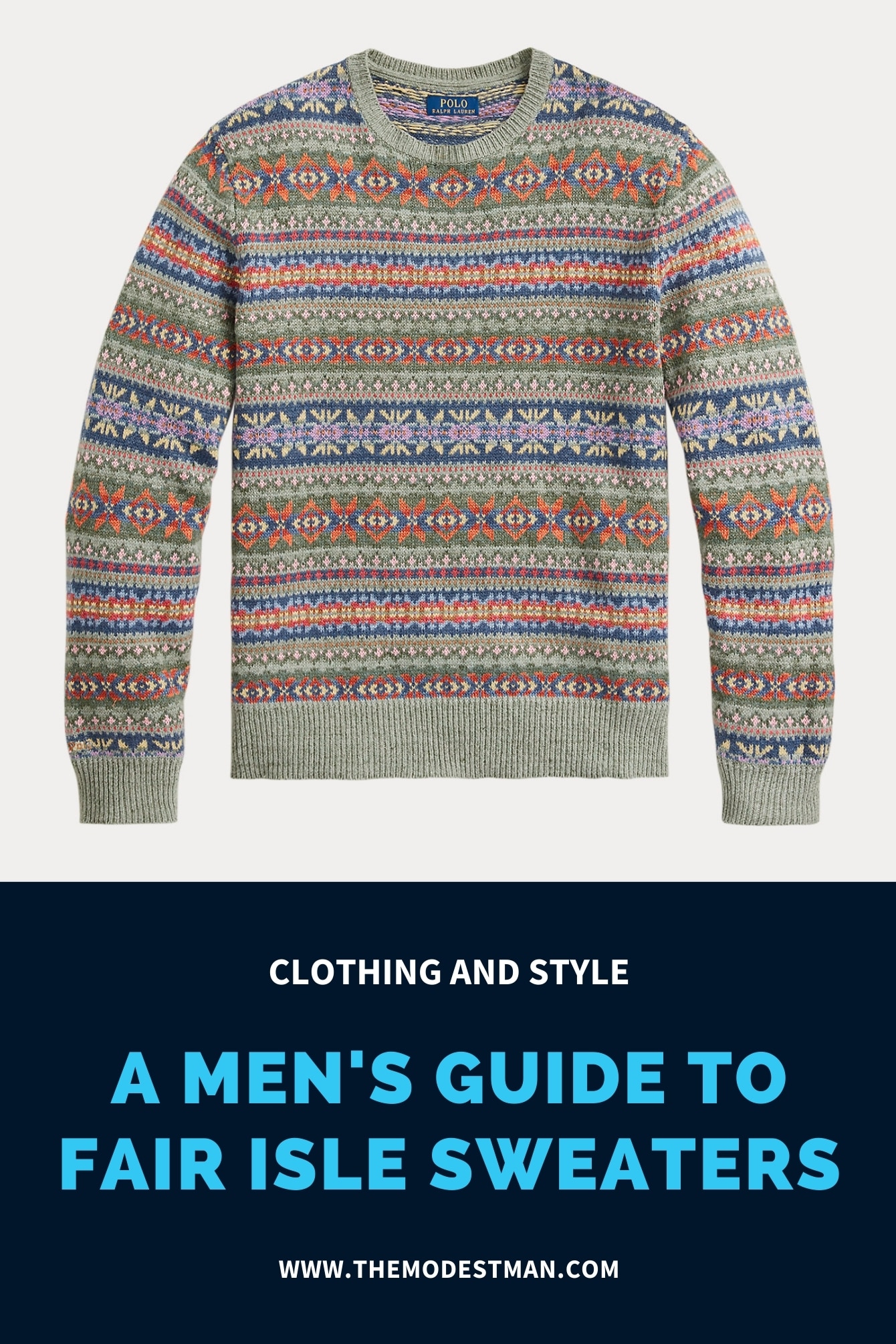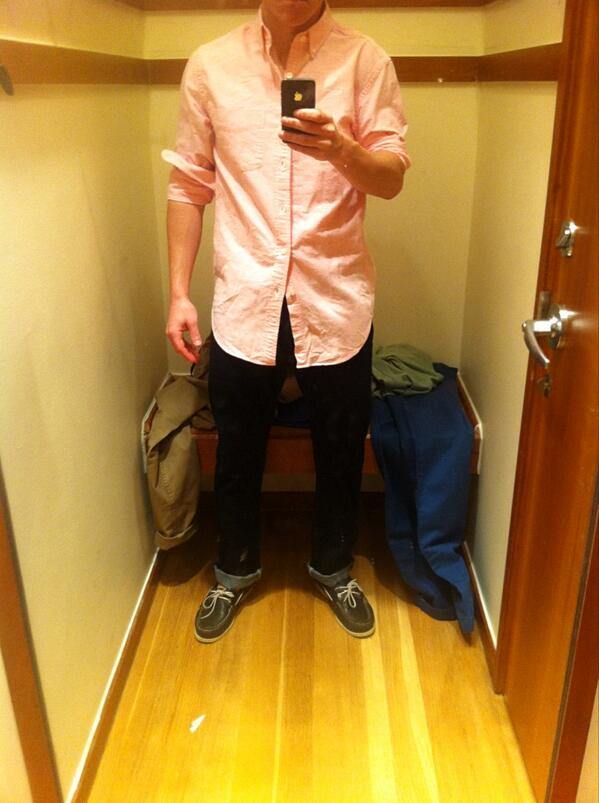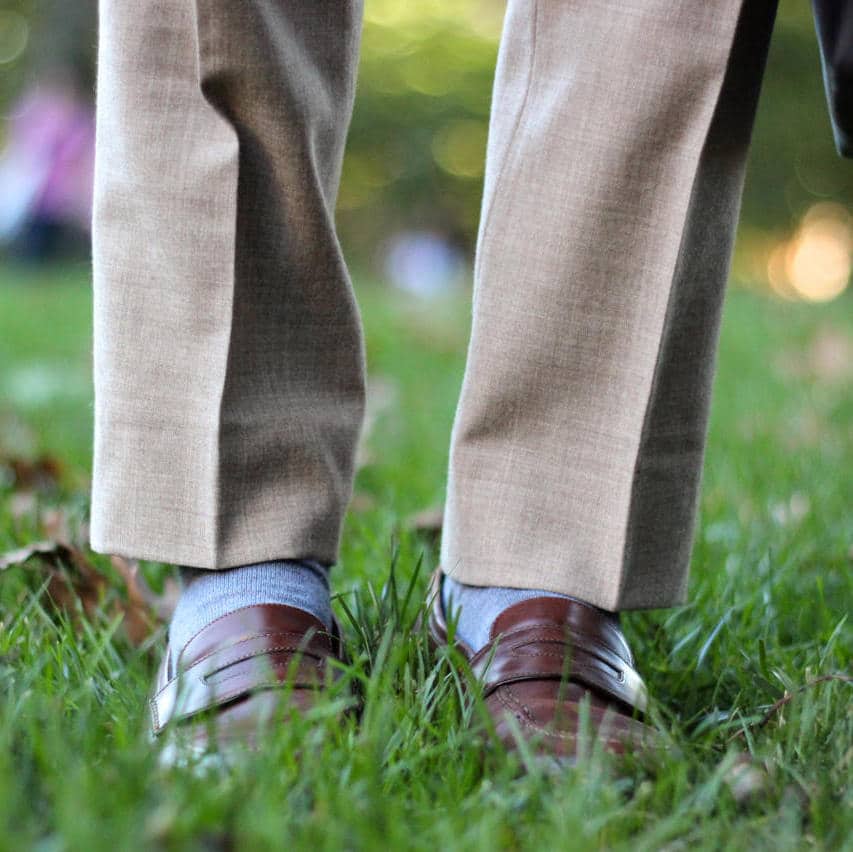The Denim Dictionary: A Guide to Weights, Looms, Washes & More
Are you curious about what the terms “raw” or “stonewashed” denim actually mean? Read on to learn the denim-related terms you should know.

It’s easy to take denim for granted. It is what it is – sturdy, dependable, ever present. But not all denim is created equal.
There are different weights, fibers, loom processes, ways of dying, and technologies to distress. There is so much more to denim than meets the eye.
A Brief History of Denim
The term “blue jeans” comes from the historical beginnings in Europe. In the 1500-1600’s Italy used a fabric called Bleu de Gênes for naval work clothes. It was sturdy, indigo-dyed cotton fabric that could hold up to the work and not show stains. These pants were the style forerunner of jeans.
In Nimes, France weavers created a heavy twill woven fabric called serge de nîmes (serge from nimes). This fabric evolved into denim (de nîm). Its popularity was due to its durability and low cost so it was exported to the working classes in Northern Italy and shipped throughout Northern Europe.
Modern day blue jeans combined the style and fabric of its European namesakes for the first time. Levi Strauss was a German immigrant who capitalized on the 1860’s Gold Rush by selling supplies and clothing to the miners. He created “waist overalls” and made them out of tent canvas.
He used the styling of the Genoese sailors by making them loose fitting with a flared leg to fit over heavy boots. The canvas proved to be too stiff and uncomfortable so he switched to denim.
It served the needs of miners by being durable, quick drying, and hid stains. By this time the fabric was less expensive than the original French version because synthetic indigo had been created.
These new pants became the favorite workwear for factory workers, ranchers, farmers, and miners throughout the US.




















